Bottle photography transcends mere technicality; it is an art that demands meticulous planning, preparation, and a profound comprehension of photographing glass items. To be a professional bottle photographer requires not just mastery of technique, but also an understanding of the distinct essence of each bottle. It involves skillfully and creatively conveying its uniqueness through the lens.
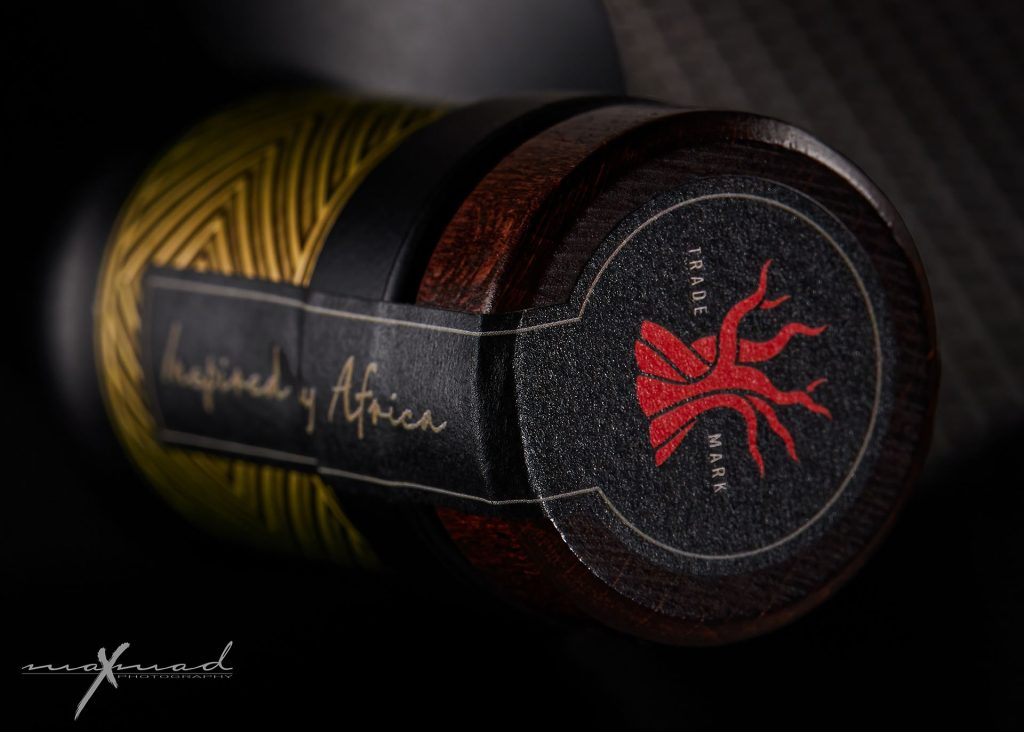
Before commencing each photography session, meticulous planning is indispensable. Factors such as the image layout, required accessories, and the selection of appropriate lighting must be carefully considered. Advance planning enables the anticipation of potential challenges and the formulation of solutions, providing a robust framework to ensure a smooth session.
When photographing wine bottles, effective communication with the winery, marketing agency, or brand owner is paramount. Clear guidelines from them regarding the target audience serve as a foundation for producing the required wine bottle photography. Building upon this information, the creative process unfolds, starting with idea generation and culminating in the technical execution to bring the photographic concepts for the bottles to fruition.

Just as you would prepare a model before a photo shoot, it is crucial to meticulously prepare the bottle before starting to capture bottle photography. This process can range from cleaning to remove dust or fingerprints, to removing unnecessary or distracting labels, and even creating artificial condensation if deemed necessary. Executing these pre-shoot actions not only saves time, but also prevents potential frustrations during the post-production stage.
After cleaning the bottle, it becomes imperative to wear gloves to avoid leaving additional fingerprints while positioning and adjusting the bottle during the session. Silk gloves are the ideal option, since they do not leave fibers or dust in the bottle. Although currently, powder-free nitrile gloves are the most widely used.
As in any product photography session, the use of a tripod is imperative. Maintaining the camera in a stable position facilitates a focus on image composition and design, while reducing the risk of camera shake.
This stability is particularly crucial for effective lighting control, considering that bottles exhibit a high reflective capacity. The selection of a light modifier can markedly influence the final result. It is advisable to not solely depend on softboxes but to explore alternatives such as diffusers. These alternatives enable precise control of reflections and the generation of light gradients, particularly beneficial in bottle photography.
One of the most common mistakes among photographers who don't specialize in bottle photography or reflective materials is approaching the set setup as if they were photographing a model. Making the grave mistake of assuming that a lighting scheme designed for one will work for all.
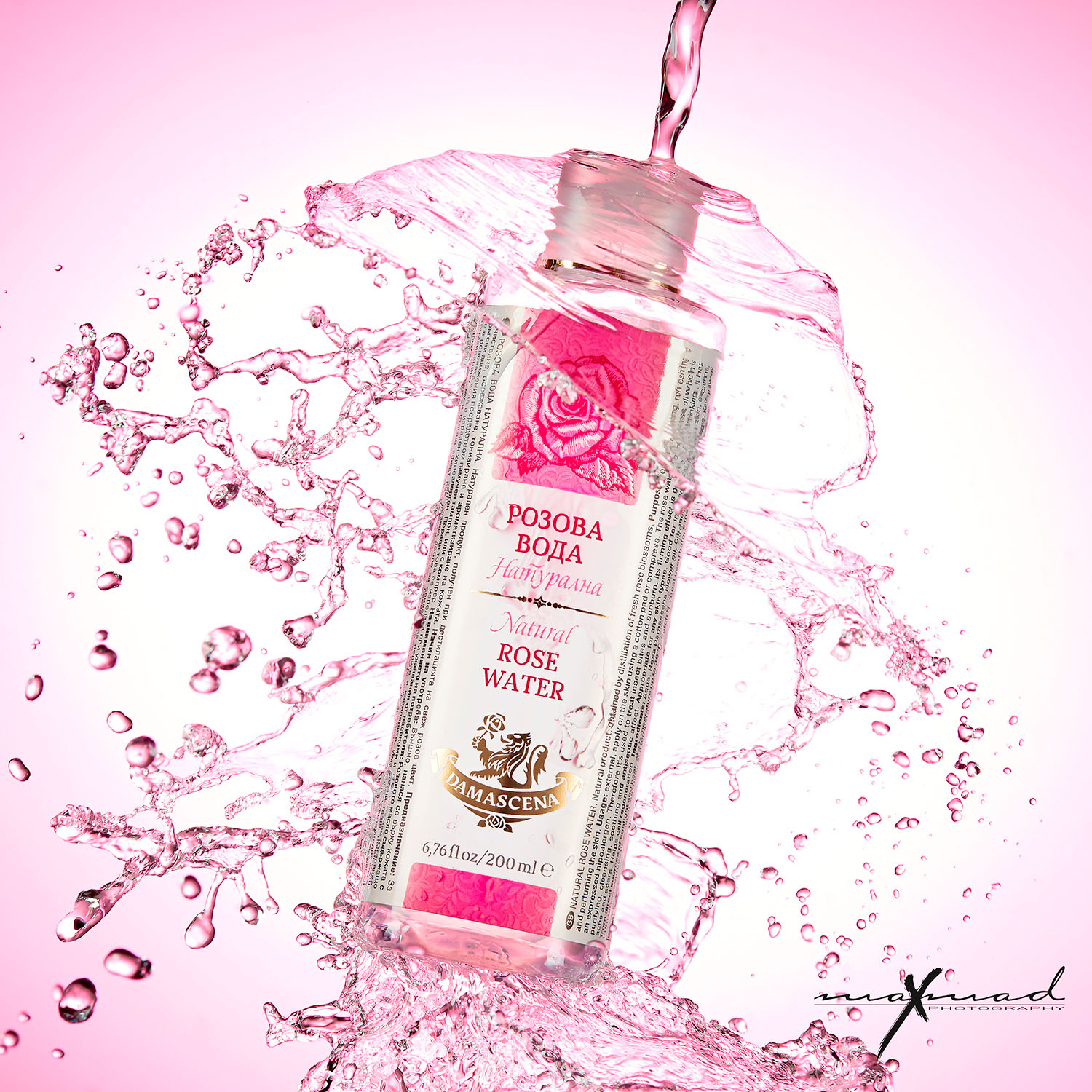
It should not be assumed that all bottles are identical, such as product photos for perfumes, or cosmetics, or wines, or beers. Despite sharing general characteristics, each may demand a unique lighting configuration. Adapting the lighting to the specific characteristics of each bottle is essential to highlight its uniqueness. A common mistake is incorrect choice of light modifiers, inability to control reflections, or lack of knowledge on how to illuminate the label. All this, without considering the need to set the scene appropriately, which implies lighting the set in a specific way without taking away the prominence of the bottle.
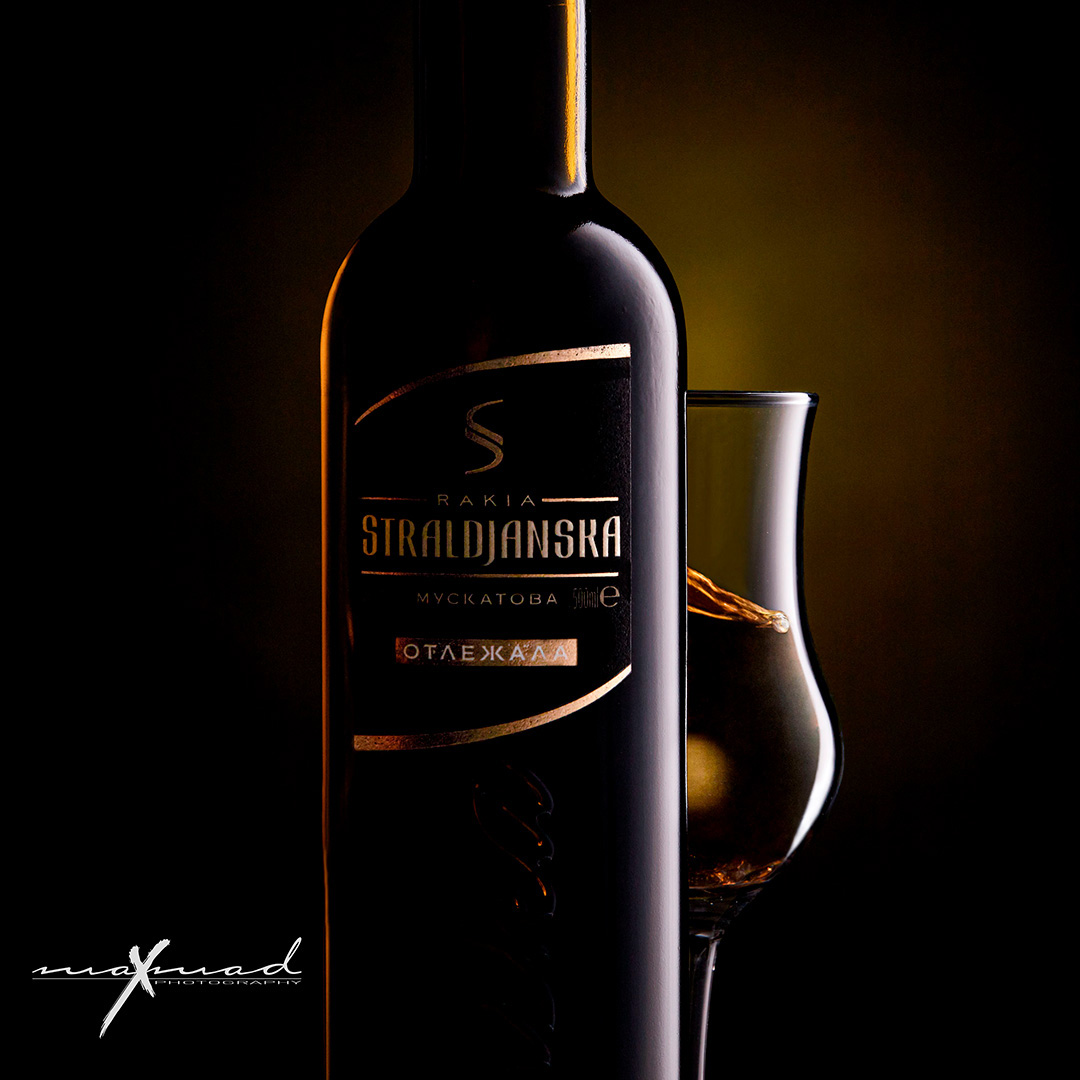
Since lighting bottles is commonly perceived to be a relatively simple task, this assumption turns out to be incorrect and there is no excuse for not achieving perfect lighting from the start. Avoiding reflection corrections in post-production not only saves time and money, but also requires conscious and experienced work to achieve the right lighting during the shoot. Attention to label lighting should not be overlooked in bottle photography, especially when the goal is to promote the product. It is crucial to ensure that the product name is clearly visible. A poorly lit label can negatively impact the viewer's perception of the brand and product. Once you have learned how to properly illuminate the bottle shape and have controlled all reflections, the focus should be on correctly lighting the label. This process involves highlighting details such as the texture of the paper, colors, reliefs, filigrees and other aspects that deserve attention, considering the time, money and effort invested by the producer in the creation of that label.
Only trust product photographers, with specific experience in bottle photography, who exclusively use flashes or studio LED heads. Avoid those that use natural light to capture photos.
Although it is feasible to achieve some acceptable bottle images in natural light, the main drawback lies in the lack of control over the location and intensity of the light incident on the bottle or label. Furthermore, the impossibility of consistently replicating the same set of lights, since solar conditions are never constant, makes the use of natural light less preferable. For this reason, a professional photographer specializing in bottle photography will always opt for flashes or LED studio lights, allowing precise control over lighting to obtain consistent, high-quality results.
Despite the dedicated effort during the session, post-production work is often necessary to refine bottle photographs, especially considering the variety of liquid types presented in different bottles, such as beer or perfume bottles. This post-production process involves tasks ranging from dust removal to compositing multiple images. As is typical in product photography, particularly in beverage photography, bottle images typically necessitate additional processing to achieve optimal results.
If you are seeking the best photos for your bottles, feel free to contact us. We are prepared to offer you a personalized quote and ensure exceptional results.
Our guarantee is not only based on diplomas, awards and certifications, but on the experience and satisfaction of our customers. Don’t just take our word for it, check out what they say on Trustpilot
In addition, we offer a satisfaction guarantee: if you are not satisfied with the work of our bottle photographer, we will redo the job at no cost until you are 100% satisfied (see conditions).
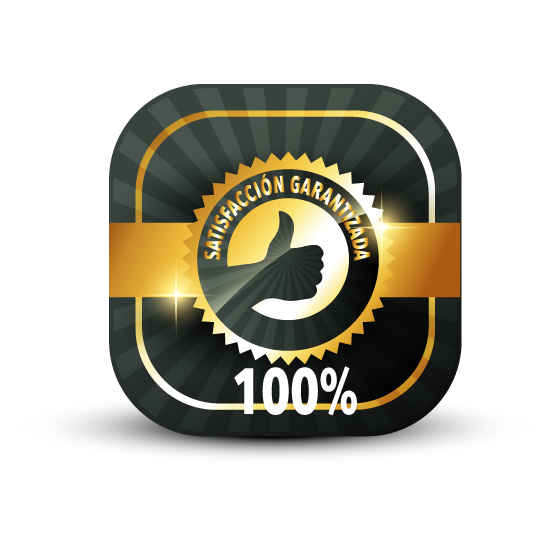
We present our other product fashion advertising photography services in other sectors, such as e-commerce photography, or gastronomic photography, or catalog photography, or cometics photography. Learn more about our work and the techniques we use in our advertising and commercial photography studio. Explore our advertising photography services.
We collaborate with prominent companies and small companies that seek quality and correct communication of their products.
If you are looking only for price, we are not your photography studio.
But if your desire is: I am looking for a professional Product Photographer.
Then you are in the right place.
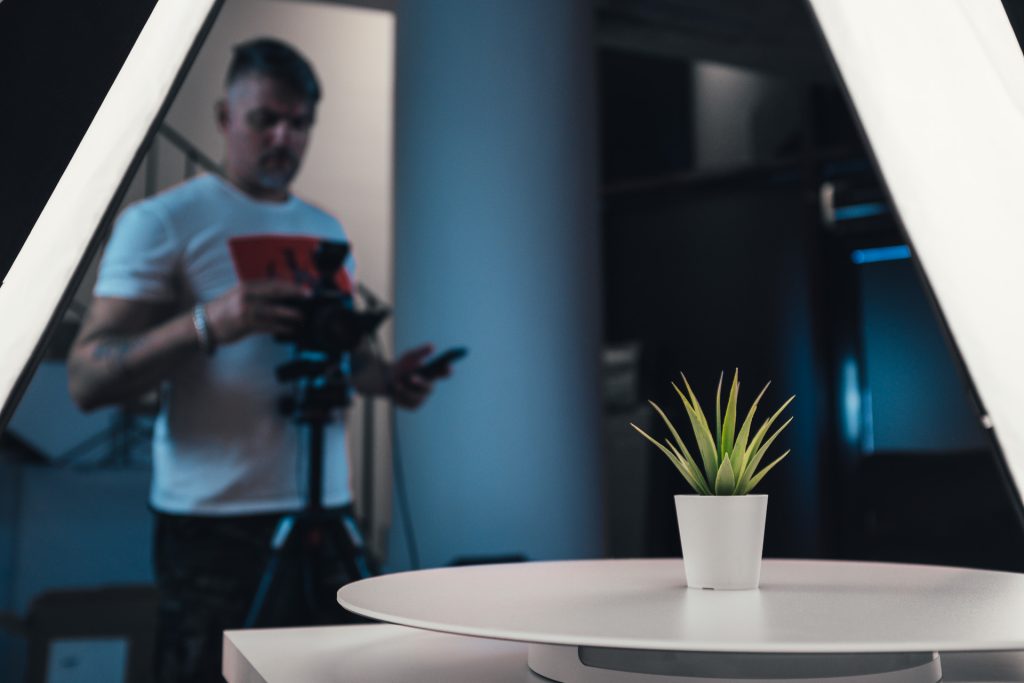
*Conditions of the satisfaction guarantee. All the work will be redone in case the client is not satisfied with the result of the final photograph, as long as the conditions and characteristics of the project are respected according to the agreement previously accepted by the client and the photographic studio, and the client has not changed ideas and wants another type of agreement not stipulated in what is accepted and agreed upon, nor will dissatisfaction on the part of the client be valid due to variations in angles or quantities or settings or extra elements outside the previously accepted agreement.
Fotografías en situaciones de interacción con un producto, ya sea consumidor o productor. Aptos para redes sociales y sitios web. No aptos para la impresión.
*Precios por sesión. Edición incluida
Fotografías en situaciones de trabajo, empresariales, industriales que no incluyen productos. Aptos para redes sociales y sitios web. No aptos para la impresión.
*Precios por sesión. Edición incluida
Productos muy similares no complejos, fondo blanco, corrección de color y edición simple no recortadas.
*Precios por producto